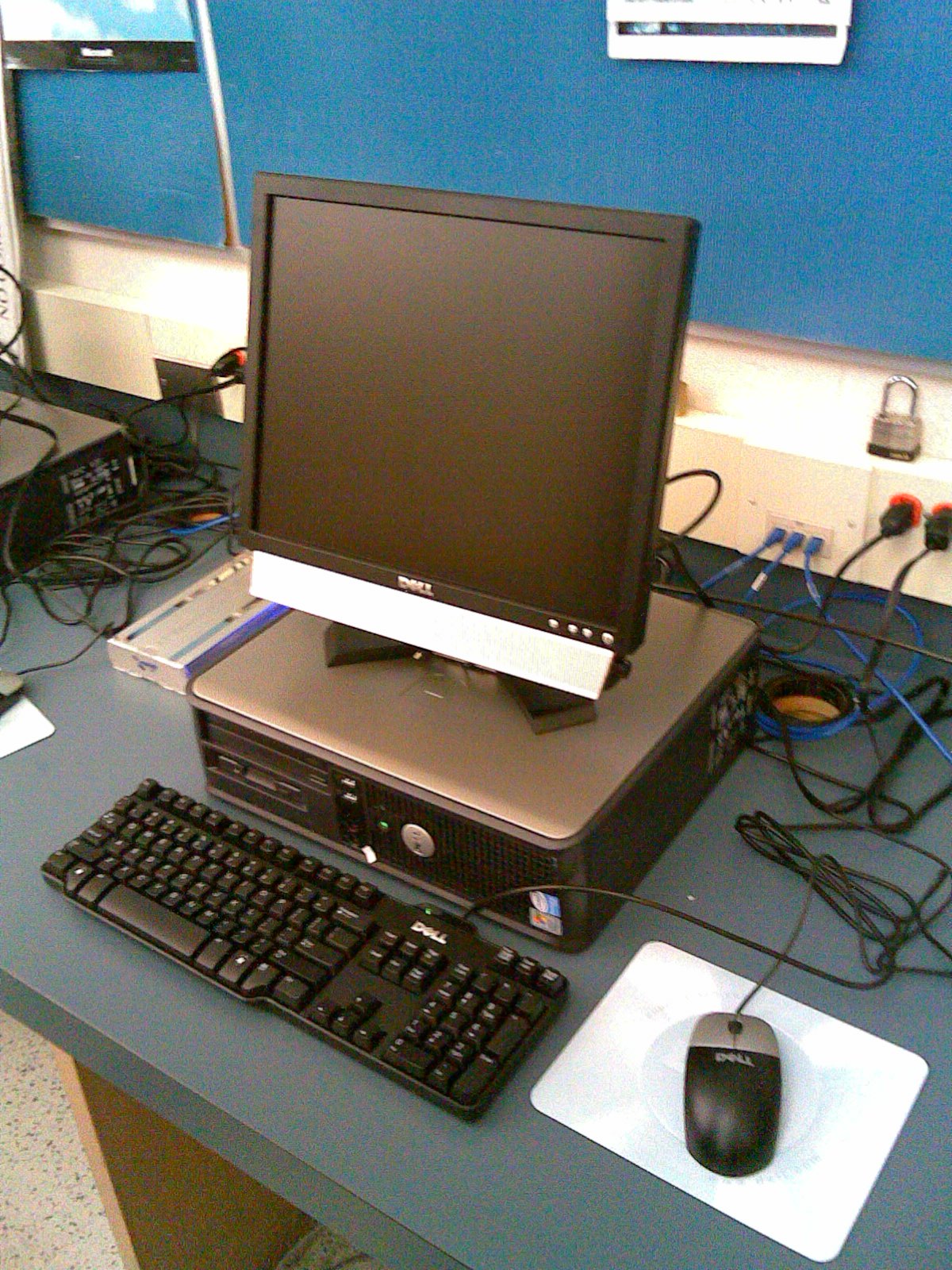In the realm of visual storytelling, the debate between computer animation and classic 2D animation is one that elicits passionate responses from artists, audiences, and critics alike. The advancement of technology has ushered in a new era of animated expression, yet the charm and nostalgia of traditional techniques remain indelibly entrenched within the cinematic landscape. This leads us to pose a playful inquiry: Is computer animation truly superior to classical 2D animation, or do both mediums possess unique merits that contribute to the rich tapestry of artistic expression?
First and foremost, it is imperative to delineate the characteristics that define each medium. Classic 2D animation, rooted in the hand-drawn aesthetic, relies on a meticulous process that involves creating each frame by hand. Techniques such as rotoscoping and cel animation have dazzled audiences since the inception of animated film. In contrast, computer animation employs sophisticated software to create three-dimensional environments and characters through modeling and rendering processes. This amalgamation of pixels facilitates the creation of seamless, fluid movements that can be both photorealistic and fantastical.
As technology continues to evolve, so too does the overall production value of animated films. Computer animation, with its capacity for intricate details and lifelike textures, allows for an unprecedented level of realism. The complexity of rendering, combined with advanced motion capture technology, yields hyper-realistic characters that evoke genuine emotional responses from viewers. Notable examples can be observed in contemporary cinema, where animated characters often interplay with live-action elements, resulting in a symbiotic relationship that enhances storytelling.
However, one must ponder whether this hyper-realism necessarily equates to superior narrative efficacy. Classic 2D animation possesses an intrinsic charm that is often lost in the pursuit of realism. The idiosyncratic nature of hand-drawn artistry invites audiences to interpret characters and narratives in a more imaginative fashion. Films such as Walt Disney’s “Snow White and the Seven Dwarfs” or Hayao Miyazaki’s “Spirited Away” illustrate how the stylized representations of emotions and actions can resonate on a profound level. The portrayal of exaggerated expressions and fluid movements in 2D animation creates an emotional dynamism that can sometimes elude computer-generated counterparts, which may inadvertently focus on detail over depth.
Furthermore, the accessibility of classic 2D animation techniques fosters a sense of intimacy and personal touch that may be diluted within a computer-generated framework. The labor-intensive methods compellingly showcase an artist’s unique style and technique; each frame bears the imprint of individual creativity. This personalization fosters a connection between the artist and the audience, emphasizing the shared experience of watching a story unfold frame by frame. In this light, one could argue that the emotional engagement elicited by 2D animation is unparalleled, as viewers often resonate with the imperfections inherent in the hand-drawn process.
The discourse also invokes the matter of artistic intent. While some creators espouse the boundless possibilities offered by contemporary computer animation, others remain committed to traditional methods as a means of preserving cultural heritage. Many filmmakers champion the evocative storytelling capabilities of 2D animation for narratives steeped in folklore or fantasy. A case in point is the resurgence of 2D animation styles evident in recent projects, which serve as a vibrant homage to the medium’s storied past. This phenomenon raises questions regarding authenticity and the dichotomy between innovation and tradition in the animated landscape.
Consideration of audience preference further complicates this dialogue. Younger generations, having grown up with the visually stunning spectacles that computer-generated animation provides, may gravitate towards more immersive experiences. The dazzling visual effects and dynamic camera movements inherent in 3D animation create an alluring sense of wonder. Conversely, adult audiences—particularly those who experienced the heyday of classic animation—often harbor a nostalgic affinity for 2D films. The emotional resonance of these narratives, derived from their artistic simplicity, may yield a strong preference for traditional artistry over modern counterparts.
It is also essential to address the economic implications of both animation styles. Computer animation, often perceived as cost-efficient over the long term due to the ability to reuse assets and streamline workflows, has become the industry standard. Conversely, the labor-intensive nature of 2D animation requires a significant time investment, which can inhibit profitability. This challenge presents a conundrum for independent filmmakers, who often lack the financial backing to produce animated works that adhere to prevailing market trends.
As we traverse the intersections of technology, artistry, and audience engagement, it becomes evident that each animation style brings its own set of advantages and drawbacks. The question of whether computer animation is better than classic 2D animation may ultimately hinge on the context in which these forms are employed. Each medium possesses distinct capabilities that align harmoniously with varying narratives and artistic ambitions.
In conclusion, rather than seeking a definitive answer to the question posed, it is prudent to embrace the coexistence of both forms as enriching facets of animated storytelling. While computer animation offers remarkable advancements in visual realism, the emotional depth and artistic charm of classic 2D animation remain irreplaceable. Collectively, they illuminate the diverse pathways through which artists can convey profound, multi-layered narratives, inviting audiences to engage with the magic of animation in all its forms. The challenge lies not in determining superiority but in appreciating the unique contributions each medium offers to the vast domain of creative expression.












